The Renewable Gas Certification Pilot is the result of partnerships between the NSW state government; electricity and gas company, Jemena; renewable energy accreditation program, GreenPower; and Energy Networks Australia, the industry body in charge of network transmission infrastructure.
The scheme will be piloted at the Malabar Biomethane Injection Project, Australia’s first wastewater biomethane facility. The new facility will convert raw biogas into biomethane, which will then be injected back into the NSW gas distribution network.
Minister for Water, Property and Housing Melinda Pavey said by using Sydney Water’s existing biomass and waste streams the project will be turning waste into clean energy.
“As part of the treatment process, Sydney Water produces biogas, which is about 60% methane. A combustion engine transforms this biogas into electricity and heat to power Sydney Water’s Wastewater Treatment Plants,” Pavey said.
“From 2022, approximately 95,000 gigajoules of biomethane will be generated each year through Australia’s first biomethane-to gas project – enough to meet the gas demand of 6300 homes.”
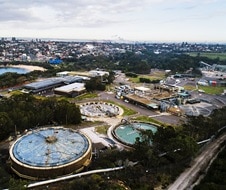
NSW Department of Planning, Industry and Environment
The pilot will design and test a simplified renewable gas registry, which will make renewable gas available to a “small number” of customers in early 2022, around the same time as the Malabar Biomethane Injection Project is scheduled to come online.
GreenPower, which is managed by the NSW Department of Planning, Industry and Environment, will administer the pilot, providing independent verification of the creation and use of renewable gas.
Tim Stock, Chair of the National GreenPower Steering Group, said biomethane produced from existing biomass and waste streams is a major opportunity for decarbonisation and recycling of waste.
Head of Gas at Energy Networks Australia (ENA), Dennis Van Puyvelde, said body was supporting the pilot through customer research and advice on the design of the scheme.
“Customers are looking for options to purchase renewable gas and this requires appropriate certification schemes to be developed,” he said.
“The design project conducted by ENA and Energetics will help inform the pilot which will enable gas users to purchase renewable gas and to do so with confidence.
“Investing in Australia’s renewable gas industry is vital if Australia is to reach net zero emissions and deploying gases such as hydrogen and biomethane is a logical pathway to achieving a decarbonised gas network.”
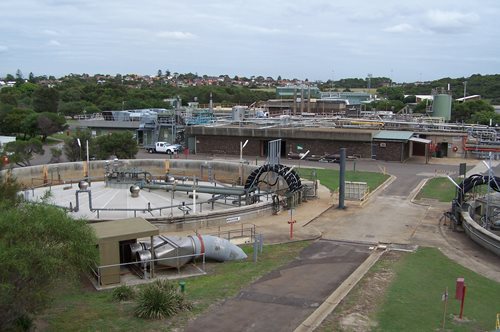
Jemena
Hydrogen’s growing gas links cause both hope and concern
While hydrogen is referenced in statements about the NSW program, whether the “future fuel” will be part of the pilot’s future is not yet clear. The program’s announcement follows a massive year for hydrogen projects in Australia though, with many gas companies and networks openly hailing it as their future at the Australian Hydrogen Conference held last week in Sydney.
Blending hydrogen into natural gas pipelines is being lauded as one of the quickest and easiest ways of abating some of the sector’s carbon emissions. There are a number of programs seeking to mix up to 10% hydrogen into gas pipelines underway or being planned across Australia currently.
Despite moving towards decarbonisation, many have voiced concerns that hydrogen becoming ensconced with natural gas could make it lifeline for fossil fuel, elongating its existence in the grid rather than shortening it. Former prime minister Malcom Turnbull, speaking at last week’s conference, urged participants to be wary of this, noting that gas is responsible for an enormous amount of emissions in Australia. Turnbull went on to describe hydrogen as “fashionable” saying fossil fuel companies are trying to “slip in” to the growing market.
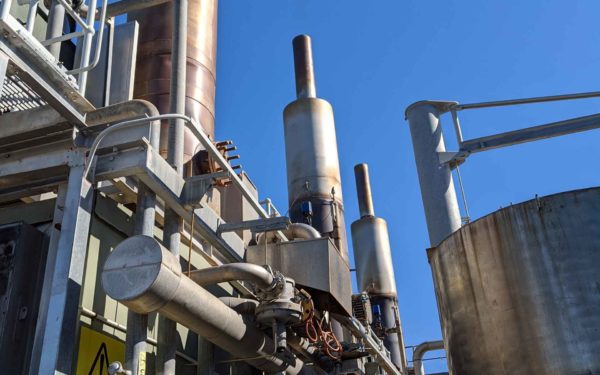
Though hydrogen only emits water when burned, the fuel can only be considered carbon-free depending on how it was made. Despite being the most abundant molecule on earth, hydrogen is rarely found by itself and therefore needs to be produced – this can either be done through electrolysis powered by renewables like wind and solar energy (producing green hydrogen) or through fossil-fuel powered processes (essentially the production of blue, grey, or brown hydrogen). Green hydrogen accounts for less than 1% of the hydrogen made today.
Certifiably green
As part of the NSW pilot, GreenPower would be in charge of auditing the green credentials of the gas in the program.
“Established in 1997, the GreenPower program has expanded nationally and successfully made renewable electricity available through energy retailers, driving almost $900 million in investment into the renewable energy sector since 2005,” Stock, Chair of the National GreenPower Steering Group, said.
Drawing on this long history of recognising renewable energy sources, GreenPower will see renewable gas accreditation become available in a similar way in the NSW pilot.
Jemena Executive General Manager of Energy Networks, Shaun Reardon said the Renewable Gas Certification Pilot would inform the development of a permanent certification scheme for renewable gases. Numerous bodies in Australia are seeking to certify hydrogen’s origins in Australia, including the Smart Energy Council and more recently the Clean Energy Regulator – though GreenPower in this program seems to be targeting multiple gases in this program rather than just hydrogen.
Jemena calls for renewable gas target
Utility company Jemena, which owns gas and electricity infrastructure on the east coast and northern Australia, last week called for a renewable gas target in Australia, saying it is a crucial step to achieving net-zero emissions.
Jemena’s Managing Director, Frank Tudor, said a Renewable Gas Target would likely replicate the success of the Renewable Energy Target (RET) which helped to spur the development of renewable technologies in the electricity sector.
“This is the jump-start the gas sector needs to truly commercialise zero-emission gases such as hydrogen and biomethane and make them available to Australian homes and businesses at scale,” said Tudor.
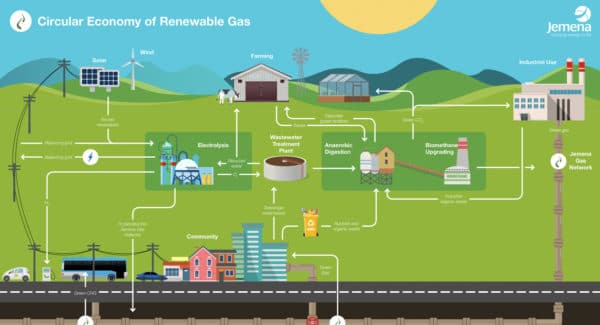
“By decarbonising our existing gas infrastructure we can avoid unnecessarily building new alternative forms of energy infrastructure, which will have a significant impact on customer bills.
“In the short-term this will make the transition to a low-carbon future seamless and means Australian homes and businesses can continue to use their gas stoves, heaters, and other appliances.
“From 2050, conservative estimates suggest Australian energy consumers can save anywhere between $12 to $14 billion per annum by simply utilising existing gas infrastructure to decarbonise our economy.”
“We believe a Renewable Gas Target could see up to 9PJs of zero-carbon gas injected into Jemena’s New South Wales gas distribution network by 2030. This would remove around 464,000 tonnes of carbon from the atmosphere each year, the equivalent of over 200,000 cars, and help New South Wales achieve a 10% renewable gas target. Our initial analysis has found that this can be done at an estimated cost of around $15 for a typical NSW household,” Tudor said.
This content is protected by copyright and may not be reused. If you want to cooperate with us and would like to reuse some of our content, please contact: editors@pv-magazine.com.
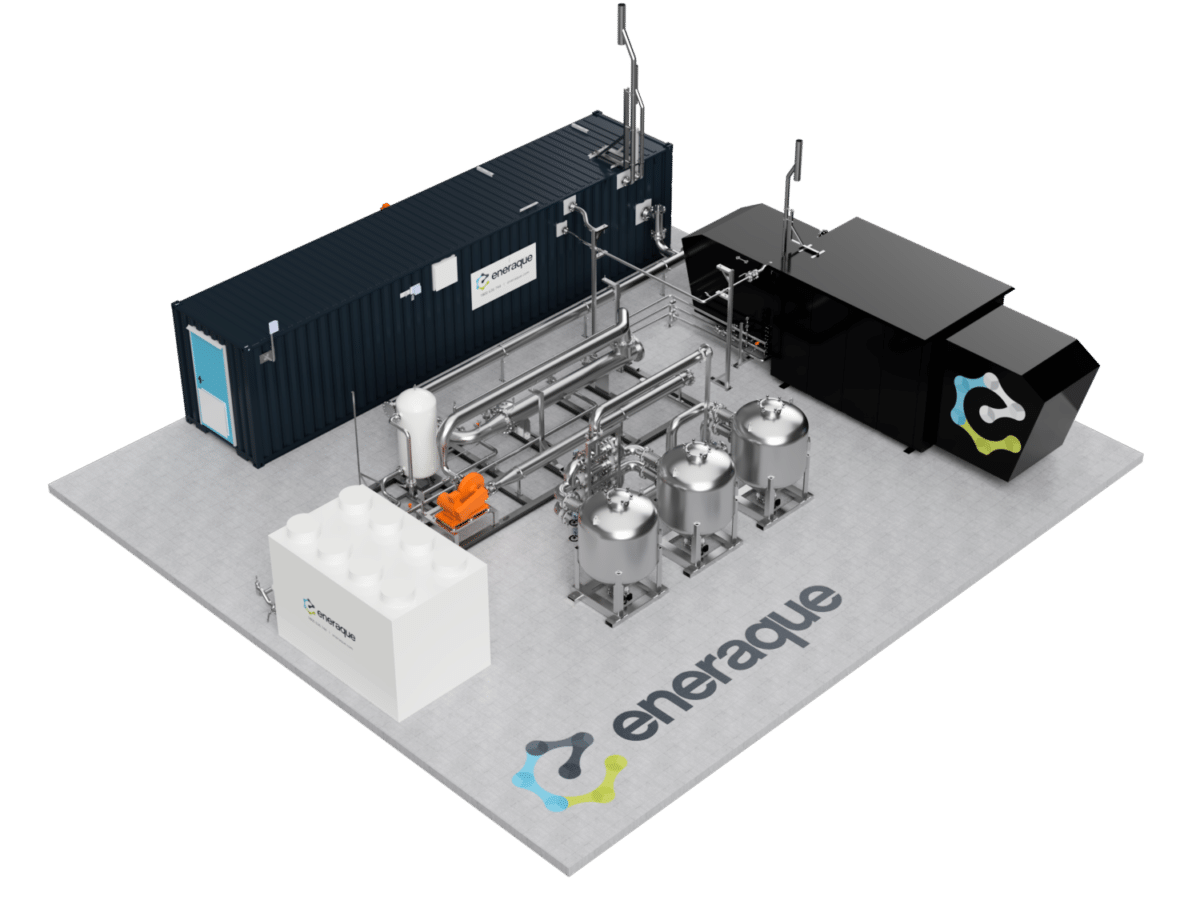








By submitting this form you agree to pv magazine using your data for the purposes of publishing your comment.
Your personal data will only be disclosed or otherwise transmitted to third parties for the purposes of spam filtering or if this is necessary for technical maintenance of the website. Any other transfer to third parties will not take place unless this is justified on the basis of applicable data protection regulations or if pv magazine is legally obliged to do so.
You may revoke this consent at any time with effect for the future, in which case your personal data will be deleted immediately. Otherwise, your data will be deleted if pv magazine has processed your request or the purpose of data storage is fulfilled.
Further information on data privacy can be found in our Data Protection Policy.